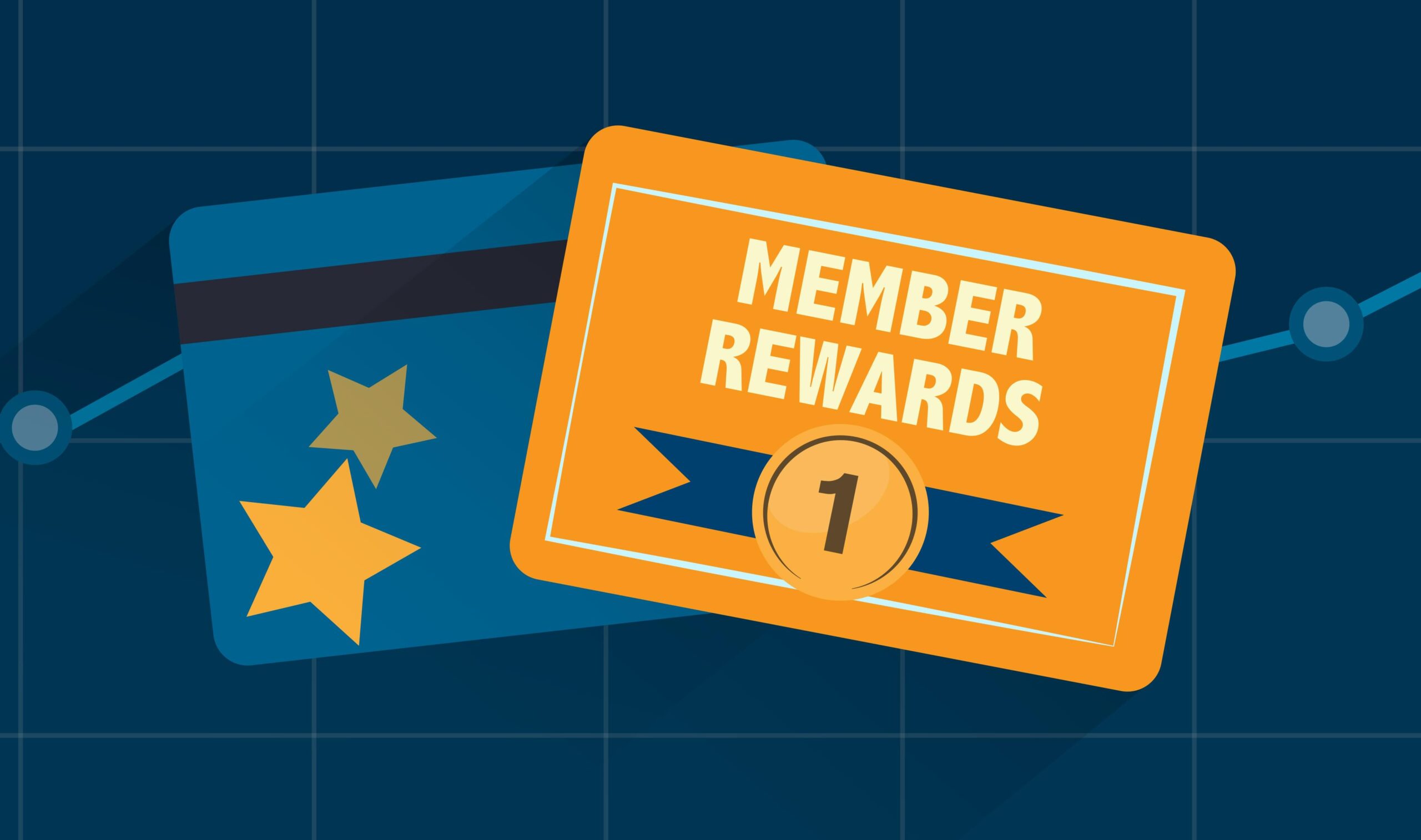Loyalty programs have quickly turned into a great marketing strategy, as companies spend a minimum of 2% of their total revenue to power loyalty programs and retain customers. Due to this, the customer loyalty program market is expected to reach $55918.4 million by the end of 2026.
Considering this, businesses that wish to improve loyalty must introduce unique customer loyalty programs to engage consumers and increase buying behavior.
Innovative Ideas for Customer Loyalty Programs

Here are some creative loyalty programs to keep up customer engagement.
Point-Based Loyalty Program
A point-based loyalty system allows customers to add points to their accounts after each purchase. Buyers can redeem the points to receive perks on their next procurements. These perks can be:
- Discounts
- Free products
- Cashbacks
Businesses can also offer incentives to earn points through social media interactions, such as for uploading a review, sharing a post on social media forums, or commenting on a post. This practice can help brands keep up the customer engagement rate on digital platforms.
Tiered Loyalty Programs
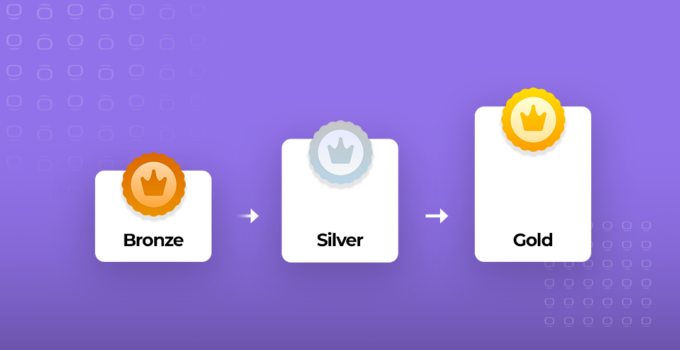
Tiered loyalty programs are divided into multiple levels or tiers. The customers are eligible for rewards based on their tier level. Buyers can move to the next level after making a purchase.
Rewards are not constant across all levels because they are given according to the amount the customer spends on a purchase. This practice entices customers to buy more to receive exclusive rewards.
As tiered loyalty programs are designed for long-term buyers, these programs only include committed shoppers who are not looking for a welcome discount. As a result, businesses only invest their customer loyalty budget in promising prospects.
Experience-Based Loyalty Program
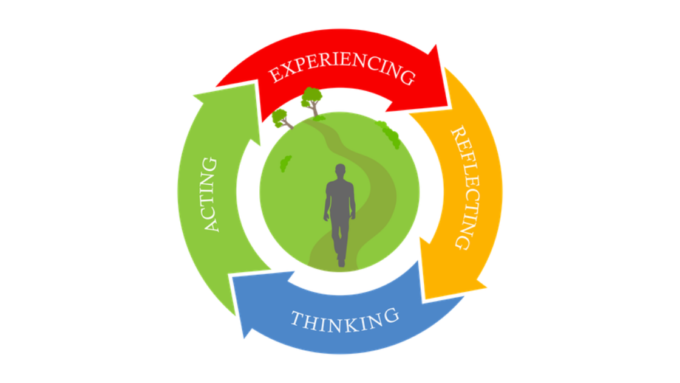
Instead of offering physical items as a reward, experience-based loyalty programs offer opportunities as a reward. These can include a free vacation trip, tickets to a concert or a sports game, or an exclusive one-on-one session with an industry expert. As 76% of buyers prefer to spend their earnings on experiences rather than material items, this loyalty program helps attract and retain customers.
Gamification of Loyalty Program
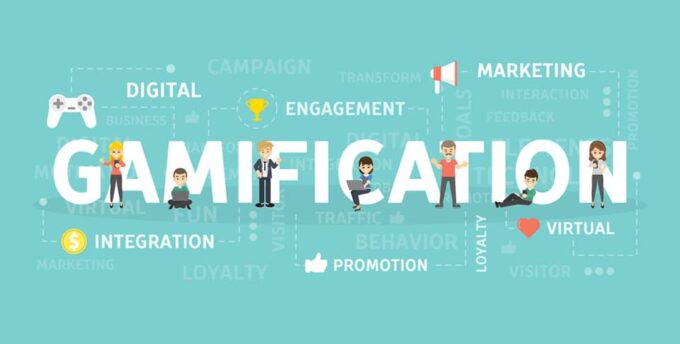
Businesses can use gaming loyalty programs to boost engagement and encourage repeat purchases. This can be done digitally or in-person. In case of the latter, brands can host in-store events like game nights and offer prizes to winning or participating customers. Prizes can include discount vouchers or the brand’s products.
Gaming loyalty programs can also be launched online. Brands can host virtual competitions on their social media pages. This initiative can engage existing customers and invite new prospects to participate. The winning customers can receive prizes or points- which they can later redeem for a discount.
Businesses may also create challenges for customers to complete as they shop online. The rewards can be offered upon the completion of each challenge.
Gamification of loyalty programs can incentivize customers to buy more products and build excitement around the brand.
Free Perks Loyalty Program
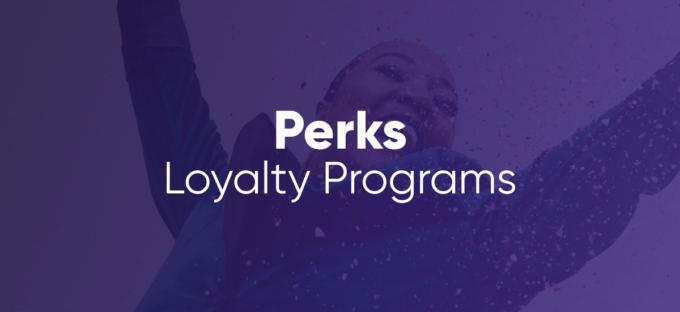
The free perks loyalty program offers complimentary products to loyal customers when they complete a milestone. Consumers can achieve a milestone based on their shopping amount and cash it to gain a prize.
Businesses can even pair free perks with a tier loyalty program to offer different-level prizes. All milestones can have different requirements to differentiate between top buyers.
Paid Loyalty Programs

To become a part of paid loyalty programs, shoppers have to pay a one-time or recurring participation fee to acquire loyalty perks. Once the customer has subscribed to this program, they can instantly avail of all benefits.
According to a McKinsey survey, paid loyalty members spend 60% more than members of free loyalty programs. Paid loyalty members even have a higher purchase frequency, cart size, and brand affinity than members of free programs.
The reason paid loyalty schemes are more effective is that it offers better discounts and perks to give members good value for their money. As customers are especially paying to receive perks, they avail them as much as possible. Even though these programs are a great success, brands still need to ensure they are charging an affordable price and giving real value benefits. If the customers see no or less value in the membership, they will not pay for it.
Value-Based Loyalty Programs
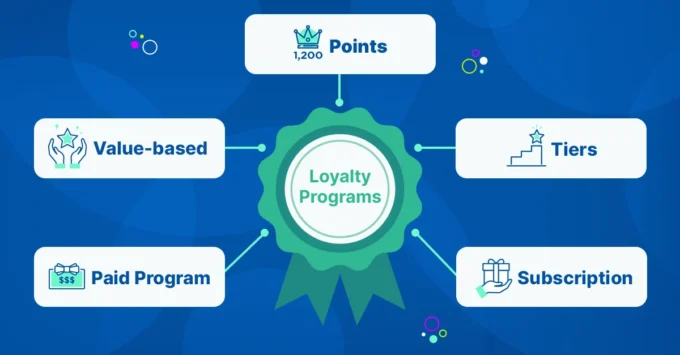
Value-based loyalty programs focus on connecting with customers on an ethical and moral level. Instead of offering rewards, gifts, or perks, they provide emotional satisfaction to customers by connecting their purchases to a worthwhile cause. For example, consumers can become a part of this loyalty program by donating any amount to charity.
Meanwhile, some organizations even donate a certain percentage of each purchase to charity or welfare programs on behalf of the buyer. They advertise on their website to show customers that a certain portion of their purchase is supporting a cause that is valuable to the customer. Companies may also allow customers to choose the charity that aligns with their beliefs to increase their emotional reward.
Referral Loyalty Programs
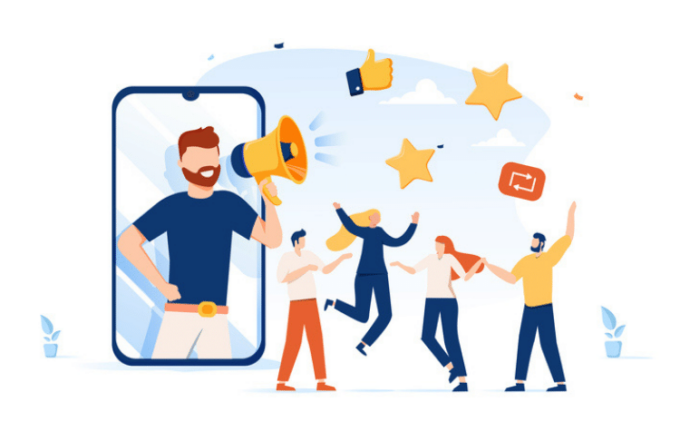
Referral loyalty programs encourage customers to promote and recommend a brand’s product to their social circle. These programs focus on word-of-mouth marketing to spread awareness about a company and its products. As 92% of buyers trust word-of-mouth reviews more than paid advertisements, this loyalty program has a high success rate.
To enroll customers into referral loyalty programs, companies can organize giveaways, offer early access to exclusive collections, provide discount coupons, and more. Brands can also encourage customers to recommend the company’s products on social media platforms to gain eligibility for this program.
Leveraging this loyalty program can also increase customer lifetime value and boost customer retention by allowing shoppers to access multiple perks with minimum effort. In addition, the referrals will bring in new customers, ultimately increasing net profits.
Wrapping Up
A customer loyalty program is a marketing strategy that multiple brands use to retain customers and drive repeat purchase behaviors. Since most brands are deploying this technique, it is important to use innovative loyalty program ideas to attract customers and boost their participation levels.

